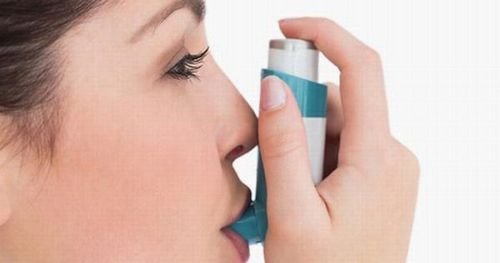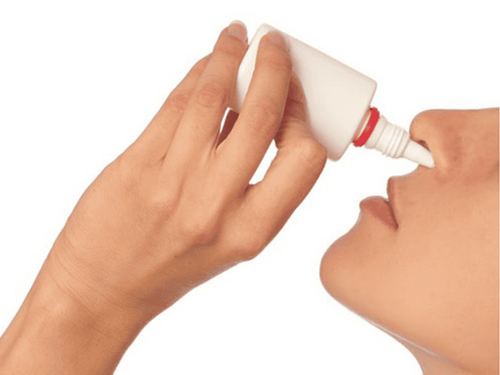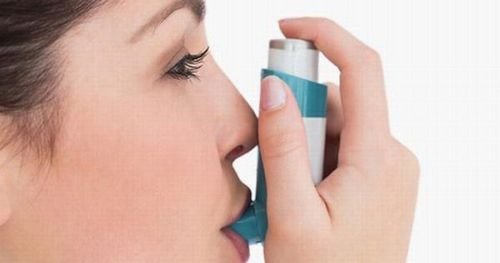This is an automatically translated article.
Asthma inhalers are an important drug in treatment. However, different asthma inhalers are used in different ways and for different purposes. Accordingly, patients need to understand the doctor's instructions to avoid common mistakes about asthma inhalers.
1. Forgetting to shake your asthma inhaler An asthma inhaler consists of a treatment medicine and a “repellant” that helps push the medicine into the lungs. The shaking movement of the asthma inhaler helps to mix the ingredients so that the correct dose of each is given before spraying into the lungs. Without shaking, the person may get too much of “this” and too little of “that”. Therefore, shake the inhaler with moderate force 10 to 15 times before use.
2. Correct Asthma Inhaler Position When the mouth portion of the asthma inhaler is pointing up the roof of the mouth or down the tongue, the person may not be getting enough medication into their lungs to get the most out of it. The correct spray position is to point the asthma inhaler at the back of the throat so that the medicine can easily enter the airways.
3. Breathe too late or too soon Asthma inhalers typically release a dose in less than half a second. If the person breathes in too slowly, this amount of medicine can stick to the mouth and throat instead of going down to the lungs. And if you fill your lungs with air before pressing the button on the inhaler, there will be no room for the medicine to get in there and work. The best remedy is to use an extra spacer on the asthma inhaler, which holds enough of a dose that the patient can inhale when really ready.
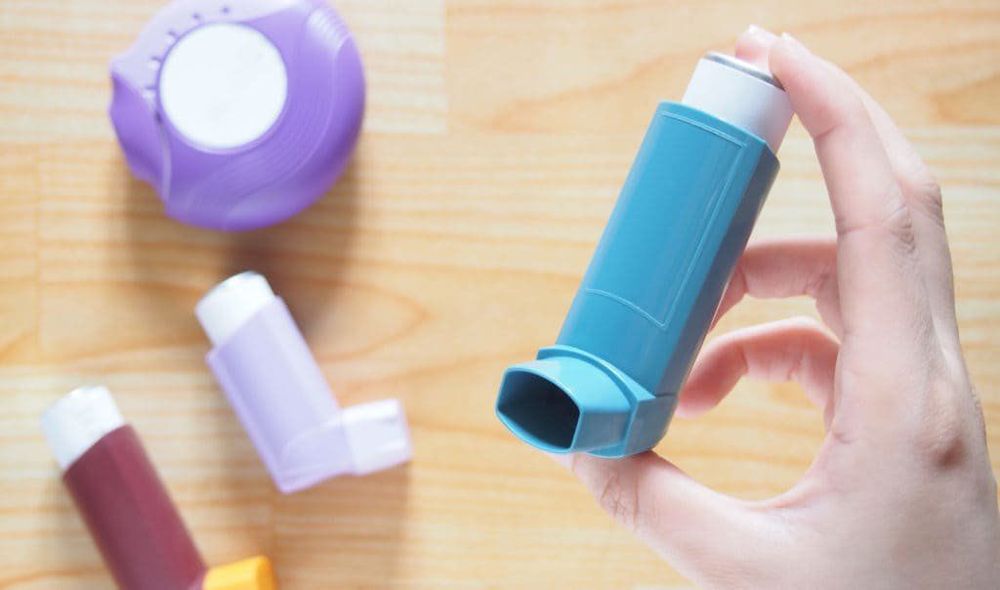
Lắc ống hít hen suyễn giúp trộn các thành phần lại sao cho liều lượng của mỗi loại phù hợp trước khi xịt vào phổi
4. Not tightly latched If the patient's lips are loosely attached to the asthma inhaler, it will lead to the release of air when inhaling, which can lead to drug loss. Instead, the person needs to make sure that the lips always form a tight ring around the mouthpiece of the asthma inhaler.
5. Bending The patient's lungs may not be able to absorb much air or have difficulty pushing air out (exhale) when the patient is crouched, especially when the patient is sitting while crouching. In this position the patient does not inhale as much medication or does not clear the lungs sufficiently before and after using the asthma inhaler. Instead, the patient should sit upright or, better yet, stand up while using their asthma inhalers.
6. Using an empty (empty) inhaler This happens in a lot of asthma patients, because some of the propellant remains in the reservoir after the medication is gone, the patient may not know they are inhaling. what must be. Some inhalers have a dose counter to keep track of the remaining dose. If not, ask your pharmacist how many doses are in the box and note the start and end dates of each dose.
7. Rushing to take the next dose If a patient is prescribed another dose, if the patient takes it immediately just seconds after the first dose, the medicine and the propellant may not have enough time to take it. mixed together in the correct proportions. As a result, the drug will not have time to exert its full effect, leading to the next dose of medicine not having the desired effect. Instead, patients should wait about 1 minute between dosing sessions.
8. Forgot to inject into the air If the first dose of medication is not released into the air (with a new asthma inhaler) the patient may receive a suboptimal mixture of propellant and medication. So at the first dose, the patient should shake about 4 times with a shaking time of 5 seconds, then spray the dose, repeat this movement to check the inhaler is still working or not if you drop it. medication or when not using it for 2 weeks or longer.
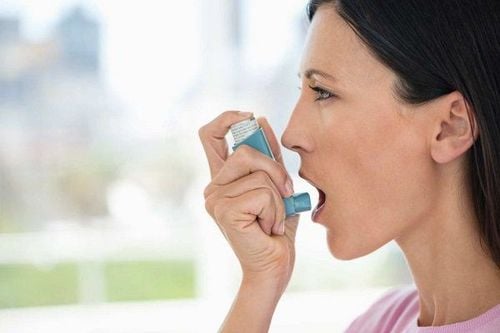
Không thở ra trước khi dùng thuốc là sai lầm khi dùng ống hít hen suyễn
9. Do not exhale before administering the medication Air always takes up space in the patient's lungs, so if the patient's lungs are not as empty as possible prior to using the asthma inhaler, the patient may not be breathing. Absorb more drugs into the lungs. It is therefore advisable to exhale as much as possible just before inhaling a dose of medicine so that the medicine can penetrate deep into the small airways inside the lungs.
10. Forgetting to check for foreign objects Foreign objects such as dust or dirt stuck in the opening of the inhaler can enter the lungs if it is not removed. So look inside the opening of the ampoule before each use. Place the cap over the mouthpiece when not in use to help keep the tube from falling out.
11. Exhale too quickly The medicine in the patient's asthma inhaler will not have much time to do its job and may not work as well if the patient exhales immediately after use. So to get the full effect, hold your breath for about 10 seconds after inhaling a dose.
12. Skip instructions for use Some inhalers are used every day, while others are used only when needed. These asthma inhalers come in different patterns, so they work best when different breathing techniques or patterns are used correctly. Make sure the patient or family member or caregiver reads all medication instructions and talks to their doctor or pharmacist about how to use their asthma inhaler properly.
Follow Vinmec International General Hospital website to get more health, nutrition and beauty information to protect the health of yourself and your loved ones in your family.
Please dial HOTLINE for more information or register for an appointment HERE. Download MyVinmec app to make appointments faster and to manage your bookings easily.
Reference source: webmd.com






